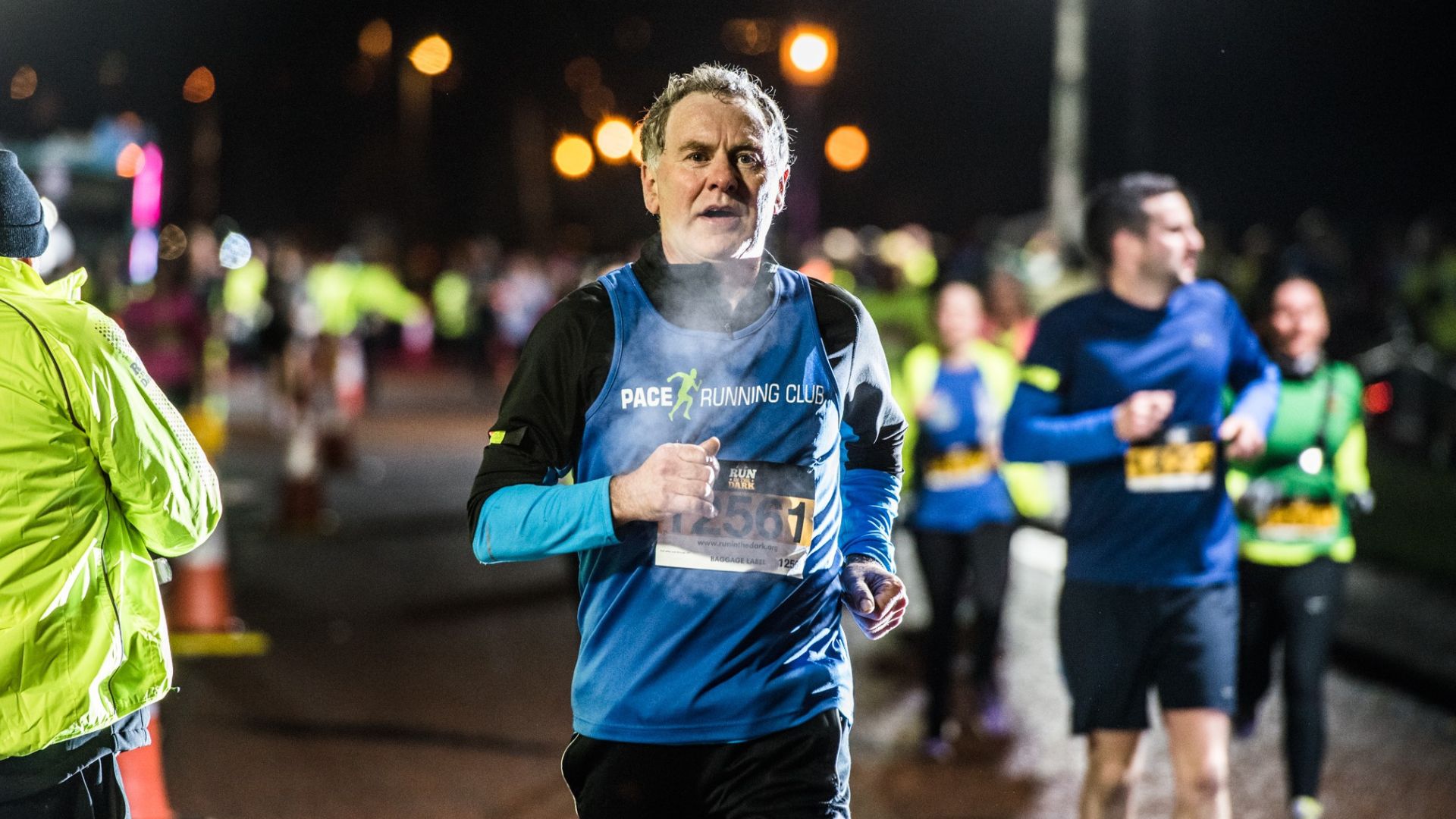Running puts a lot more stress on the lower limbs than they may be used to, which can often lead to running-related injuries, but in most cases, injuries can be prevented. In the beginning, your fitness level will improve quite quickly as it doesn’t take long for your cardiovascular system (heart & lungs) to start showing a positive response to exercise. Still, structurally, the improvements may take longer as it takes your muscles, bones, and connective tissue more time to show the same positive response. A manageable volume of training followed by rest and proper nutrition is how you improve, so it’s crucial to be patient and not get too far ahead of yourself. This is why most training plans start with such an easy effort.
Avoiding Injury: Listen to Your Body
There is gain without pain, and with running-related injuries, prevention is better than cure, and it’s much less frustrating. Mostly, running injuries don’t just happen; instead, they build up over a period of time, and when you start to feel that niggling pain the chances are it has gotten hold. There’s a big difference between discomfort and actual pain, and the difference should be obvious. More than likely it’ll be localised and possibly one-sided, and if you’re a beginner then you shouldn’t even be working to the point of discomfort. If you’re unlucky enough to get caught out but sensible enough about your recovery and repair, you should be back to your routine quite quickly, as most running injuries are short-term unless you choose to ignore the pain and continue on.
If in doubt, don’t test your breaking point by trying to see how far you can go, as this will eventually catch you out. The intelligent way is to steadily increase your training distance / volume or intensity. Always consult your doctor or physiotherapist if you’re experiencing discomfort from running.
Run in the Dark coach and international endurance athlete John O’Regan shares his tips for injury prevention.
Tips to help with injury prevention
- Warm up and cool down.
- Build up your distance / intensity slowly.
- Wear the appropriate footwear. Or none. For those curious about barefoot training, check out our blog.
- Include Rest Days.
- Vary your running surfaces to prevent overuse of the same muscle groups. Run on grass every once in a while.
- Include these six light yoga stretches that can be done post run, pre run, or whenever. It takes ten minutes and requires no prior yoga experience.
- Cross-train! For those who don’t know, cross-training simply means training in more than one sports discipline, even if you don’t specialise in said discipline(s). Resistance training complements running. With resistance training, you strengthen your muscles and connective tissues too. Having strong joints and tendons is a fantastic way to prevent injury.
- Listen to your body and don’t ignore pain. It may be frustrating in the moment to drop out of a training session or, worst case scenario, an event. But trust me, with injuries, it’s always-always-always better safe than sorry. One of the key reasons to stay fit is for longevity; if you get a long-term injury, you lose out on that key benefit.
- Don’t ignore your injuries and continue to train. Even the ones that don’t affect you that much. It’s easier to aggravate an injury than it is to get injured.
- Be mindful of your surroundings, as it’s very easy to twist an ankle in a pothole or broken pavement.
- Stretching and cross-training are primary for injury prevention. But further down on the list, a regular sports massage can defend well against running-related injuries.
- If you train in the evenings when it’s dark, regardless of who has the right of way, it’s your responsibility to stay seen. Wear hi-vis clothing to ensure you are seen and avoid poorly lit areas.
It’s advisable to consult with your doctor before starting on any new exercise regime if starting from a base of zero fitness and years of inactivity or returning from illness or injury.
About John O’Regan
John O’Regan is the official running coach for Run in the Dark. He has run over 50 marathons and ultra-marathons on seven continents / 20 countries and represented Ireland on 10 occasions at ultra-marathon distance. Follow him on Instagram and Twitter at @johnoregan777.
Run in the Dark
As darkness sweeps around the globe every November, 25,000 people worldwide get up from their armchairs, slip on their red flashing armbands and pull on their running shoes to complete a 5k or 10k. From Sydney to San Francisco, together, we run for those who dream to walk.
Sign up for Run in the Dark from June each year, or join the waitlist and we’ll let you know when registration opens.








